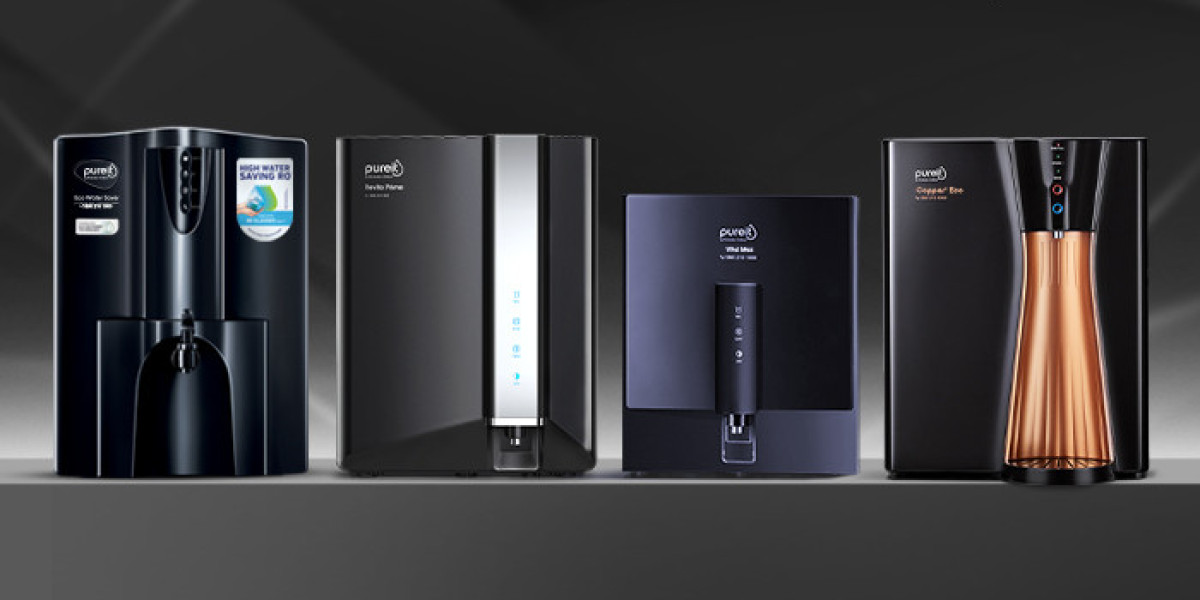Water purifier installation is a crucial step in ensuring optimal performance, efficiency, and safety of water purification systems. Whether it's a countertop filter, under-sink purifier, or whole-house filtration system, proper installation plays a pivotal role in maximizing filtration effectiveness, minimizing maintenance issues, and prolonging the lifespan of the purifier. Understanding the key considerations and best practices for water purifier installation is essential for achieving reliable and long-lasting results.
First and foremost, selecting the right location for installing the water purifier is critical to its effectiveness and convenience. For countertop or freestanding units, choose a stable and level surface near the water source and electrical outlet to ensure easy access and proper functioning. Under-sink purifiers should be installed in a cabinet space with sufficient clearance for installation, maintenance, and filter replacement, while whole-house systems require adequate space near the main water supply line and access to drainage and electricity.
Once the installation location is determined, the next step is to ensure proper connection to the water supply and plumbing fixtures. Follow the manufacturer's instructions and guidelines for connecting inlet and outlet hoses, ensuring secure fittings and leak-proof connections. It's essential to shut off the main water supply before making any plumbing connections and to check for leaks or drips after installation to prevent water damage and ensure system integrity.
Moreover, electrical connections may be required for certain water purifiers equipped with pumps, UV lamps, or electronic controls. Ensure compliance with local electrical codes and safety standards when making electrical connections, and consider hiring a qualified electrician for assistance if needed. Proper grounding and insulation are essential to prevent electrical hazards and ensure the safe operation of the purifier.
In addition to physical installation, proper setup and configuration of the water purifier are essential to optimize its performance and functionality. Follow the manufacturer's instructions for priming the system, flushing the filters, and adjusting settings such as flow rate, pressure, and filtration modes as applicable. Perform a thorough inspection and testing of the purifier after installation to verify proper operation and address any issues or adjustments promptly.
Furthermore, routine maintenance and periodic filter replacement are essential aspects of water purifier installation to ensure continued effectiveness and longevity. Familiarize yourself with the recommended maintenance schedule and procedures outlined in the purifier's user manual, including filter replacement intervals, cleaning instructions, and troubleshooting tips. Regular maintenance helps prevent contamination, maintain filtration efficiency, and prolong the life of the purifier, ensuring consistent access to clean and safe drinking water for years to come.
In conclusion, water purifier installation is a critical process that requires attention to detail, proper planning, and adherence to manufacturer guidelines. By selecting the right location, making secure connections, following electrical and plumbing codes, and conducting thorough setup and maintenance procedures, consumers can achieve reliable and efficient water purification solutions that meet their needs and deliver peace of mind.



